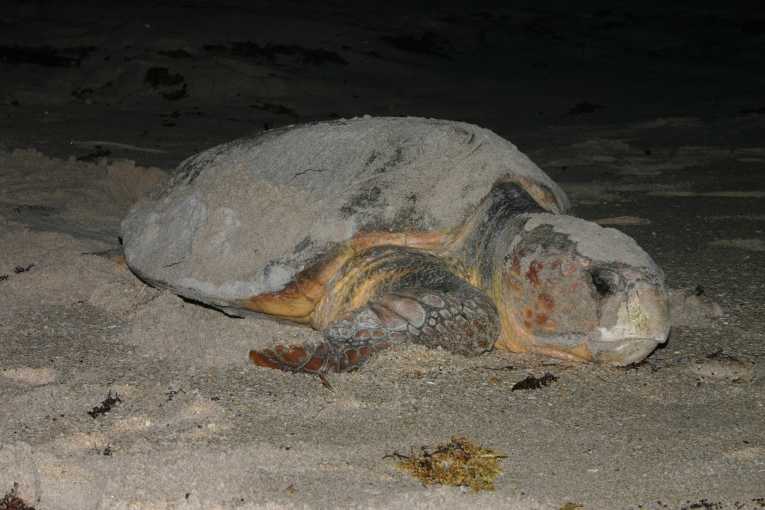Officials from the United States Fish and Wildlife Service and the National Oceanic and Atmospheric Administration issued a final ruling on Sept. 16 reclassifying the status of loggerhead turtles under the Endangered Species Act.
Rather than listing the marine turtles as a single threatened species, the turtles will now be considered as nine distinct population segments, designated either threatened or endangered. The shift from threatened to endangered status for some populations reflects an ongoing erosion of the species' viability in those regions.
Scientists believe the new classifications will enable them to better address the needs of individual populations. Because the turtles are located in widely divergent habitats around the globe, the threats facing different populations of the beleaguered reptiles are often distinctly different.The decision resulted from a joint effort by the two agencies, which share responsibility for protecting the turtles. A variety of manmade factors have conspired to threaten the viability of the species.
The turtles, which may reach 300 pounds when mature, are particularly vulnerable to human encroachment on nesting sites, predation by exotic species, deaths at sea due to "factory fishing" practices, and the adverse effects of pollution and solid waste.
Under the ruling, five populations are now designated "endangered," while four have been classified as "threatened".
The Endangered Species Act defines an "endangered" species as one "in danger of extinction throughout all or a significant portion of its range." By contrast, a "threatened" species is "likely to become an endangered species within the foreseeable future throughout all or a significant portion of its range." Loggerheads were initially listed as threatened throughout their range in 1978. The present changes in classification are the culmination of efforts by conservation groups to achieve better protection for the animals. The Center for Biological Diversity and the Turtle Island Restoration Network first petitioned the government agencies in 2007 to reclassify loggerheads in the North Pacific.
According to NOAA, the decision will benefit the agencies' efforts to preserve this ancient species. "Today's listing of separate distinct population segments will help us better assess, monitor, and address threats, and evaluate conservation successes, on a regional scale," said Cindy Dohner, FWS southeast regional director.
Top Image Credit: Loggerhead turtle (Caretta caretta) © NOAA










